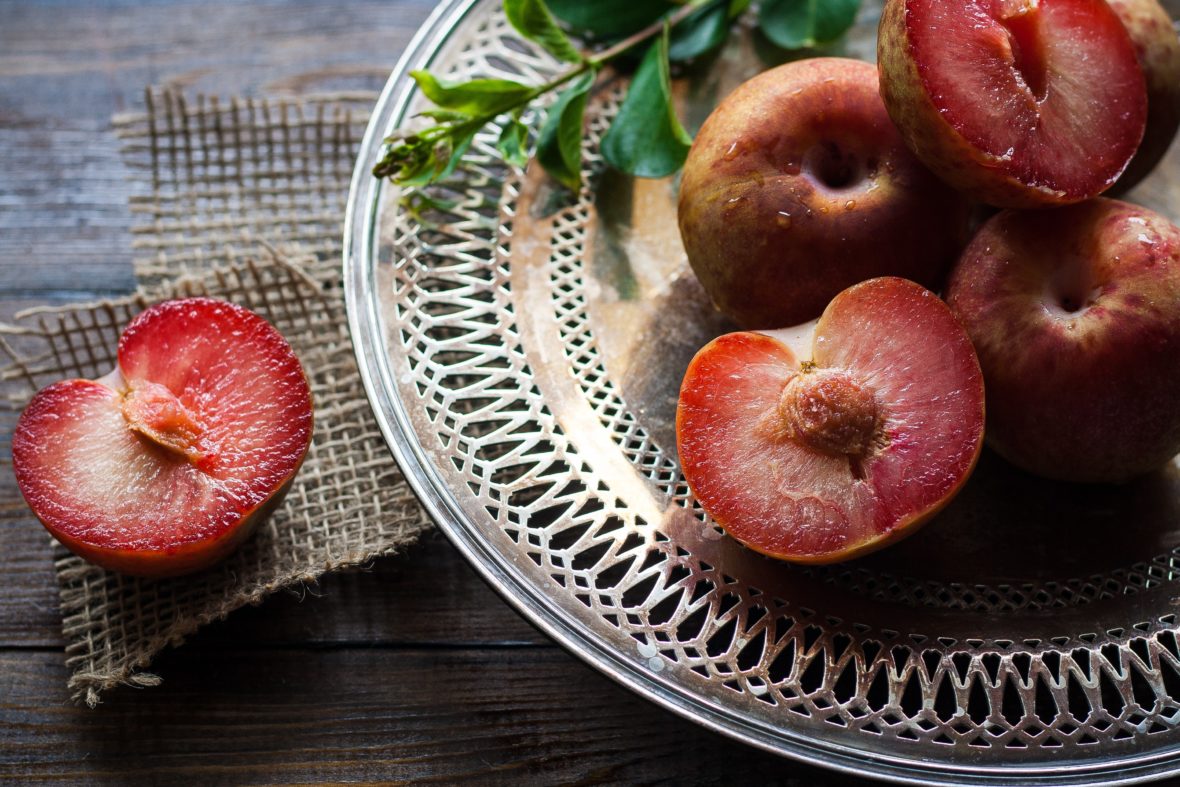A plum is a fruit of the subgenus Prunus of the genus Prunus. Mature plum fruit may have a dusty-white waxy coating that gives them a glaucous appearance. Take a look below for 24 more interesting and fascinating facts about plums.
1. Plums may have been one of the first fruits domesticated by humans.
2. Three of the most abundant plum cultivars aren’t found in the wild, only around human settlements. Prunus domestica has been traced to East European and Caucasian mountains, while Prunus salicina and Prunus simonii originated in Asia.
3. Plum remains have been found in Neolithic age archaeological sites along with olives, grapes and figs.
4. The name “plum” comes from Old English “plume”, which extended from the Germanic language or Middle Dutch, and Latin, “prunum.”
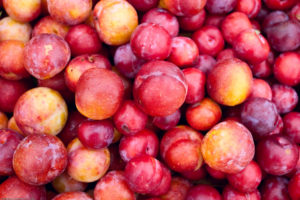
5. In the late 18th century, the word “plum” was used to indicated something desirable, most likely in reference to dessert.
6. In 2016, global production of plums and sloes was 12.1 million tons, led by China with 55% of the world total.
7. Raw plums are 87% water, 11% carbohydrates, 1% protein and less than 1% fat.
8. There are more than 200 varieties of plums that are derived from two basic types, European and Japanese plums.
9. The exact origin of European plums isn’t known, but researchers believe that the fruit has been cultivated since ancient times.
10. Despite its name Japanese plums originated in China. Cultivation in Japan only started 300 to 400 years ago.
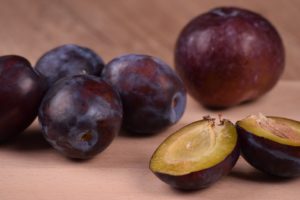
11. Plums are mostly cultivated in temperate and warm areas around the world as they require direct sunlight and moist, well drained, fertile soil.
12. Plums usually grow 10 to 20 feet in height, and develop a crown of the same dimensions.
13. The fruit has a reddish to brown bark that’s smooth in young trees and furrowed in older trees.
14. The shape and size of plum leaves depend on the variety. Some types of plum have oblong leaves with pointed tips while others have oval leaves that are serrated on the edges.
15. Plum leaves are usually 2 to 4 inches long and green in color. However, they become yellow, orange and purple in the autumn.
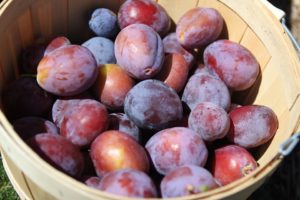
16. Fruit-bearing plum trees develop miniature white flowers, while flowering trees which don’t produce fruit develop pink flowers that are arranged in clusters.
17. Honeybees are the main pollinators of plum flowers.
18. Plums have smooth skin that can be yellow, green, red or purple in color. The flesh is juicy and varies in color from yellow to red. The varieties with red flesh contain more sugar and have sweeter taste compared to the varieties with yellow flesh.
19. The production of plums starts 3 to 5 years after planting. However, productivity starts to decline after 10 years.
20. Amygdalin is a chemical compound that’s isolated from plum seeds. It turns into a toxic compound known as cyanide when it’s in the human body.
21. Plums are rich in vitamin C, vitamin K and dietary fibers. The sugar content varies on the variety of plum.
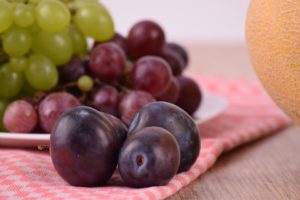
22. Plums can be eaten raw or in the form of juices, jellies, marmalades and cakes.
23. They’re used for the production of wine in China, a cider-like alcoholic beverage called plum jerkum in England and for plum brandy called slivovitz in Serbia.
24. Plum trees can survive up to 20 years when they’re cultivated under optimal conditions.

